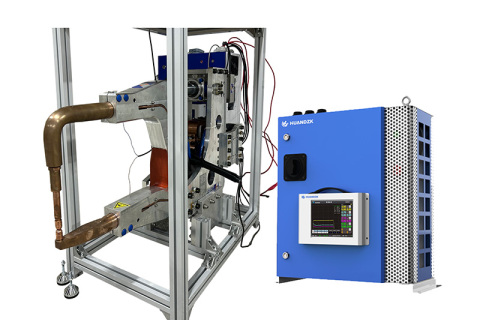
- Home
- >
News
Resistance welding welding machine power supply melts metal locally by generating resistance heat through current passing through the workpiece, thus achieving welding. Resistance butt welding machine advantages include high efficiency, no need for filler materials, wide application range, and suitability for automated production; but precision resistance welding's disadvantages are that precision resistance welding machine has requirements on material thickness, the electrode wears quickly, and the joint appearance is poor.
Pedal operated spot welding machines are key equipment for precision welding in industry. They consist of a machine head, power supply and transformer. They are designed to be flexible and precisely controlled to ensure stable and efficient welding. The electrodes carry high current, maintain alignment and eliminate excess heat to ensure welding quality, making them an indispensable welding tool.
The selection of electrode material and shape for precision spot welding machines is crucial, affecting welding quality, cost and efficiency. Materials such as chromium zirconium copper, beryllium copper, aluminum oxide copper, tungsten and molybdenum each have their own advantages and need to be selected as needed.
The resistance spot welding machine is equipped for resistance seam welding, utilizing resistance welding electrodes.




